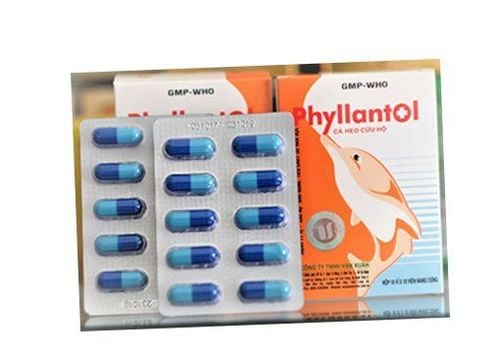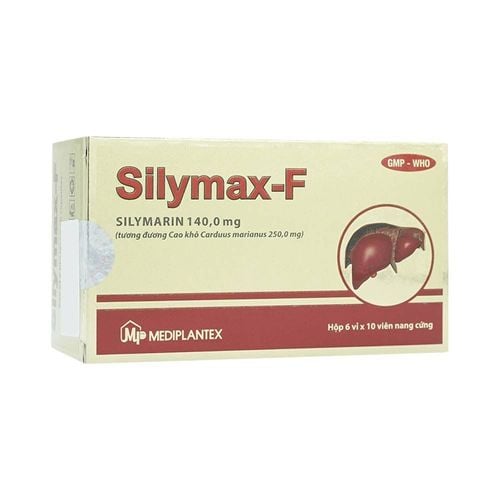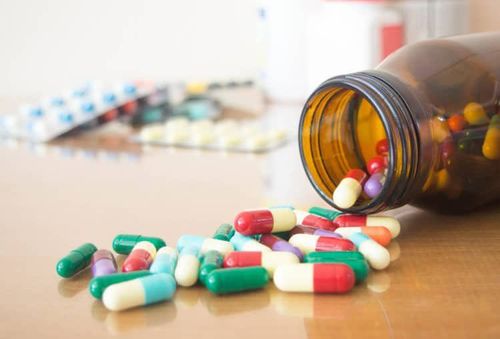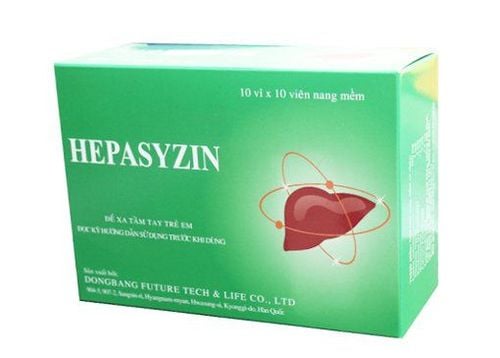This is an automatically translated article.
Drug-induced liver damage is a rare but potentially fatal condition. The classes of drugs that cause liver damage can be prescription or non-prescription drugs, supplements, and herbal products.
1. Overview of drug-induced liver injury
Drug-induced liver injury (DILI), although uncommon, is potentially fatal. Based on the values of ALT and ALP tests, this condition can also be classified into 3 different types as follows:
Type 1: Hepatocellular damage; Type 2: Bile injury; Type 3: Mixed liver injury. The most common drug classes that cause DILI are antibiotics and antiepileptic drugs (over 60%), but the number of cases caused by supplements and herbal products tends to increase.
Although there are many studies on DILI, the mechanism of most drugs is still unknown, even one drug can induce many different mechanisms of liver damage. In general, drug-induced liver injury is divided into two main mechanisms:
Intrinsic: Drug-induced hepatotoxicity is predictable and dose-related (eg, paracetamol overdose); Idiosyncratic: A patient-specific allergic reaction that is rarer, less dose related, and has a wider variety of manifestations. The outcome of treatment for drug-induced liver injury depends on the type of drug prescribed and the type of liver damage. Pharmacists play an important role in the assessment and prevention of drug-induced liver injury, especially in people who use a lot of drugs and supplements.
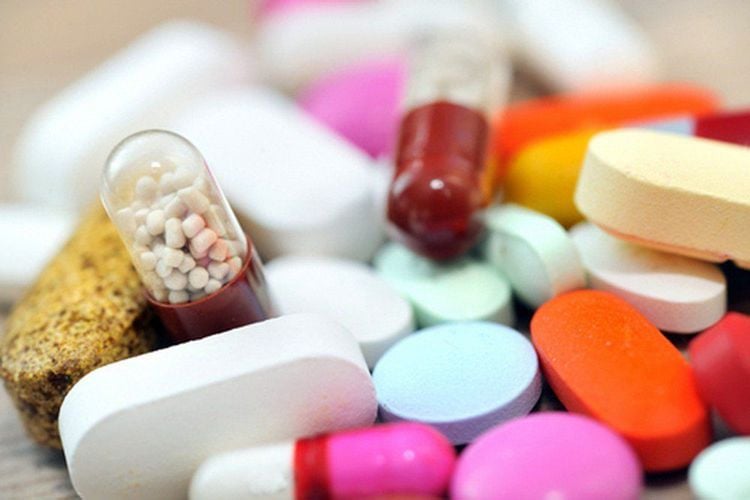
Một số loại thuốc có thể gây tổn thương gan
2. Risk factors for drug-induced liver damage
Although rare, certain factors can increase the risk of drug-induced liver damage.
2.1. Belonging to the Patient Genetics; Age: Elderly (≥ 55 - 60) or young; Gender: Female; Race; Pregnant; Poor nutrition or obesity; Intestinal microbiota; Hormonal status; Have diseases: Liver disease, diabetes, hyperthyroidism, or HIV ; Indications for treatment: For example, hepatitis C virus.
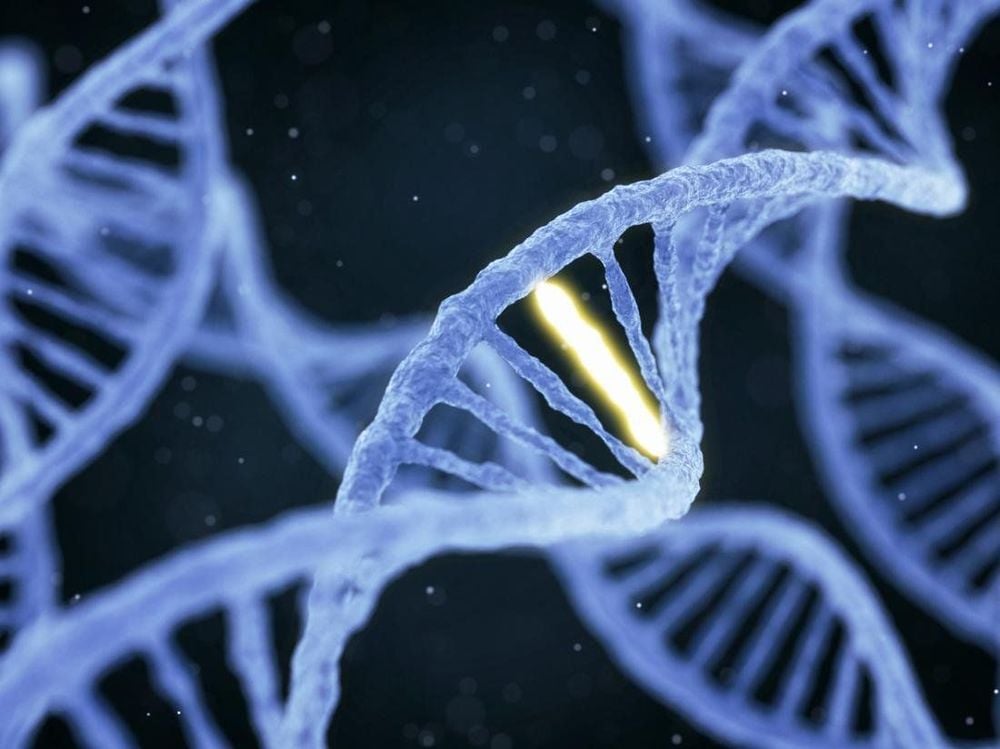
Di truyền là yếu làm tăng nguy cơ của tổn thương gan do thuốc
2.2. Environmentally Belonging to Smoking; Alcoholic beverages: Drink more than 2-3 glasses of wine per day; There are episodes of inflammation or infection. 2.3. Drug-related factors Daily dose: Approximately > 50 mg/day of highly lipophilic drugs; Drug Metabolism Properties: The stronger the drug metabolism, the higher the risk of DILI; General effects of the drug group; Cross-sensitization: Anticonvulsants; Drug interactions; Concurrent use of multiple drugs.
3. Causes of drug-induced liver damage
As mentioned, drug-induced liver damage can be related to:
Prescription drugs; Over-the-counter (OTC) drugs; Supplements (for example in bodybuilding and weight loss); Products of herbal origin; Other foreign substances (xenobiotics). Specifically, the common drug classes that cause DILI have been identified as:
Antibiotics: Amoxicillin / clavulanate, Isoniazid, Trimethoprim / sulfamethoxazol, Fluoroquinolone, Macrolid, Drugs for urinary tract infections and Minocycline; Antiepileptic drugs: Phenytoin, Carbamazepine, Lamotrigin and Valproat; Pain relievers: NSAIDs; Immune modulators: Interferon-β, Interferon-α, Anti-TNF drugs and Azathioprin; Other drugs: Methotrexate (oral), Allopurinol, Amiodarone (oral), Androgen containing steroid frames, Inhaled anesthetics, Sulfasalazine, Proton pump inhibitors; Herbs: Green tea extract, glycosides from phyllocarpus, centella asiatica, large Hoang Lien tree, psyllium husk...
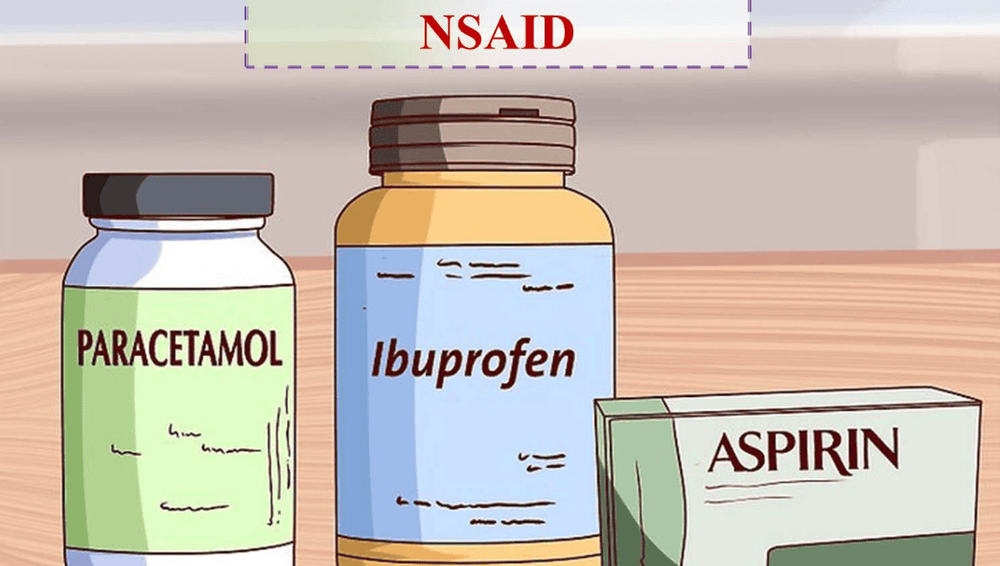
Thuốc giảm đau nhóm NSAIDs
4. How to treat drug-induced liver damage?
4.1. Removal of the pathogen The first step in controlling and treating drug-induced liver damage is to remove the causative agent. Prompt discontinuation of the suspected drug is thought to be likely to reduce DILI progression to acute liver failure.
4.2. Use of N-acetylcysteine N-acetylcysteine (NAC) is used not only in the treatment of toxicity due to paracetamol, but also extended to other cases of DILI. N-acetylcysteine should be used within the first 10 hours after taking paracetamol to promote the best effect. According to doctors, NAC may be considered in adults with early acute liver failure, but is not recommended for children with severe DILI.
4.3. Corticosteroid therapy Although not fully studied for DILI, corticosteroids are effective and recommended in the management of:
Alcoholic hepatitis; Autoimmune hepatitis ; Hepatitis is similar to drug-induced autoimmune; Abnormal test results do not recover after 6 - 8 weeks; The drug is suspected to be related to the immune mechanism of DILI. 4.4. Other therapies Ursodeoxycholic acid: Management of DILI with biliary obstruction but limited data; Carnitin: Liver damage due to valproate; Products of natural origin (silymarin, resveratrol, curcumin and ginkgo): Being evaluated for hepatoprotective effects; Symptomatic treatment: Relief of pruritus in acute cholestasis and supplementation of vitamins with malabsorption in patients with chronic cholestasis; Plasma replacement therapy: Currently applied in the treatment of acute liver failure.
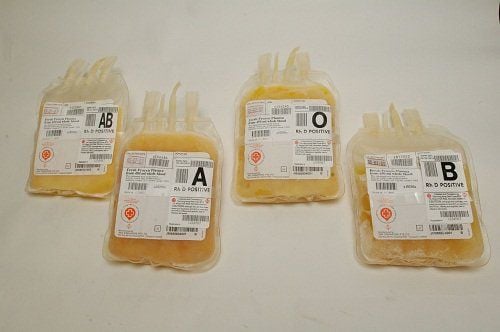
Liệu pháp thay thế huyết tương
5. Prevention of drug-induced liver damage
For pharmaceutical manufacturers, drug-induced liver injury can be prevented by toxicity detection and analysis in preclinical and preclinical animal models, cell models, or healthy volunteers. .
Now, experts predict an increase in the number of DILI cases due to the availability of prescription drugs and the growth of the market for herbal supplements and products. In this context, the physician plays an important role in helping to prevent drug-induced liver damage, helping to identify the suspected drug cause in order to promptly stop using it as soon as possible. In order to best protect patients, pharmacists should have knowledge of:
Drug classes that cause DILI; Clinical features of drug-induced liver injury; Disease progression. In addition, in order to detect liver damage early and take timely measures, doctors need to:
Take a careful history of drug use in patients with suspected DILI; Once the diagnosis is confirmed, the patient must be followed up for at least 6 months through ALT and AST tests to assess the progression of chronic lesions; Do not re-use suspected drugs or use more than one drug at the same time; Monitor prescribing to identify patients with or at risk for DILI, with particular attention to the elderly, and caution when administering the drug to immunocompromised HIV patients.

Trước khi sử dụng thuốc người bệnh cần được tư vấn và hướng dẫn cách dùng
In addition, patients need to regularly do comprehensive liver function monitoring tests to be able to detect early and intervene in time for liver damage caused by drugs. The health sector should also integrate screening of drug groups that cause DILI through testing into pharmacists' activities to contribute to rational and safe drug use in hospitals.
Please dial HOTLINE for more information or register for an appointment HERE. Download MyVinmec app to make appointments faster and to manage your bookings easily.




